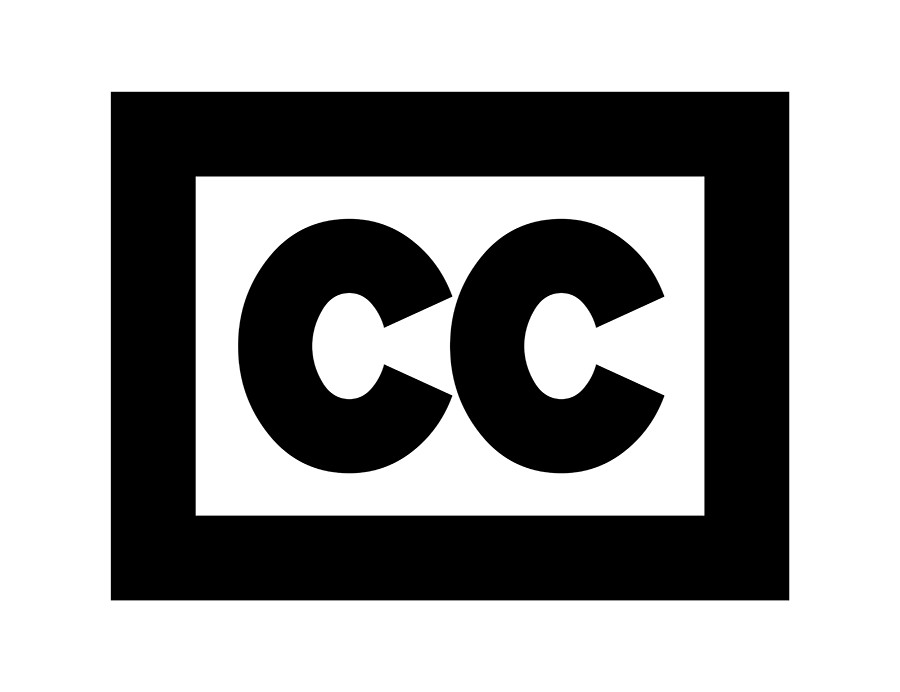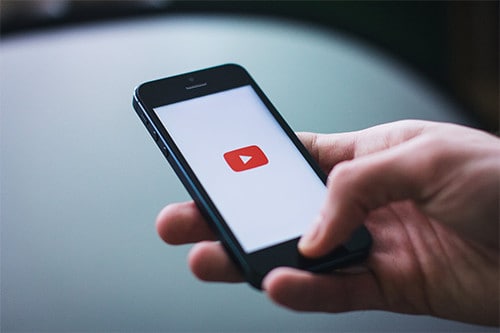
Struggling to boost up your videos? Ever tried the use of captions for doing so? With the flexibility to the maximum, the captions provide individuals exceptional options to watch your videos on repeat. Making your streams accessible and enhancing the SEO of your page, are something you can never overlook. But what is the difference between closed captions and open captions? Perhaps, the real quick and short answer is that open captions cannot be turned off nonetheless it’s the opposite in closed captions. So, let’s move forward and explore more!
Open captions are always there to show up in a video as they are burned into the content and so, cannot be switched off. On the other hand, closed captions can stay there or be switched off as they are on a separate track. But there’s a whole lot of confusion when it comes to other differences between these two types of captions. Why should you use any of these in your stream or videos? Here is what you might not know about closed and open captions, let’s get this started.

Open Captions
As mentioned above, these open captions don’t allow the viewer to turn them off. In comparison with closed captions, these are convenient as they don’t need specific functions regarding streaming platforms or media players. If you plan to upload on a platform, then open captions are the best option to go for. Don’t want to depend on the viewer’s technical aspects then open captions are everything that you need. You can figure out the style of open captions before ahead, meanings that choosing the size and font color is now easier.
Considering the drawbacks, these open captions cannot be removed from the videos even if the viewers don’t want them. Though there are several benefits of open captions, you should keep in mind that the quality of the video is directly proportional to the open captions, if the stream is of low quality, then these captions aren’t easy to read. These are often subjected to lower quality if you plan to compress the videos.
Closed Captions
Used by video streaming platforms and different broadcasters, these closed captions are a part of Vimeo, YouTube, and Facebook live. In addition, these closed captions allow the viewers to turn them off while watching. Moreover, flexibility is one of the major benefits of closed captions and they can be edited easily. These captions come up with various formats, allowing them to be the best one for various needs and preferences.
Despite their huge benefits, closed captions only do exceptional if the relevant platforms support the files of closed captions. Being incompatible with streaming services and some media players, they are not easy to use. By placing the accountability on viewers, turning the captions off and on is now on the audience so it would be difficult for those who have issues with the use of technology. To make the right choice, you need to keep a check on the preferences of the audience. If you choose closed or open captions for your videos, make sure that things are on track.
Wrap it Up
For reaching an empowered and fuller audience, think about all the factors that involve the kind of audience you have, editing of captions or streaming services you are taking. Before taking a decision, it is important to evaluate the differences between both open and closed captions. And next time, you are watching any video, take notes and make observations for the captions. At Languagers, we suggest assessing the type of captioning that best suits your videos. To know more about these captions or the challenges that may arise, feel free to contact us!


No comments:
Post a Comment